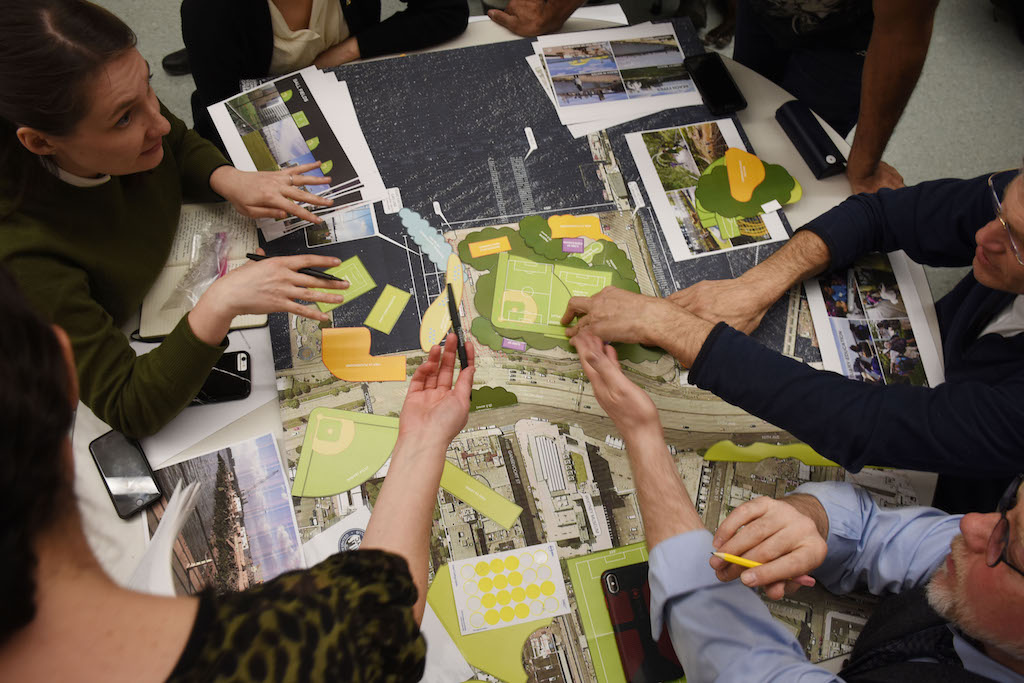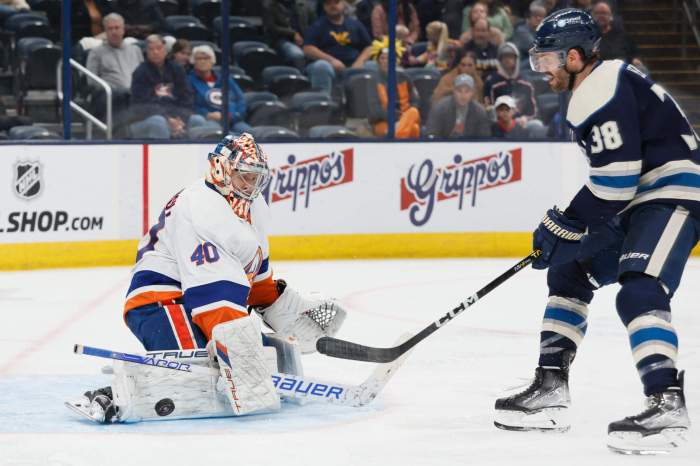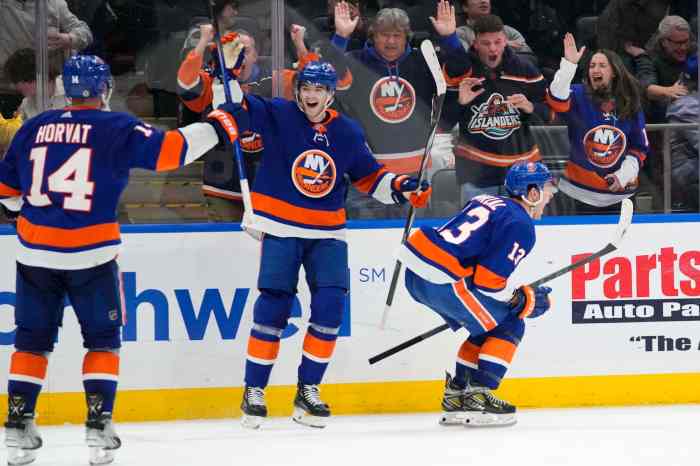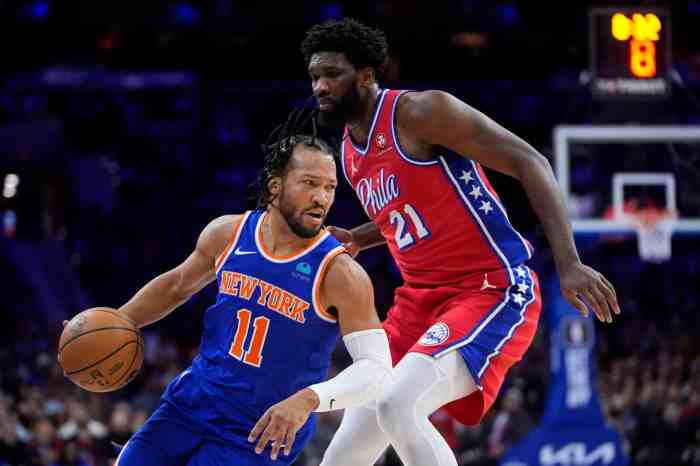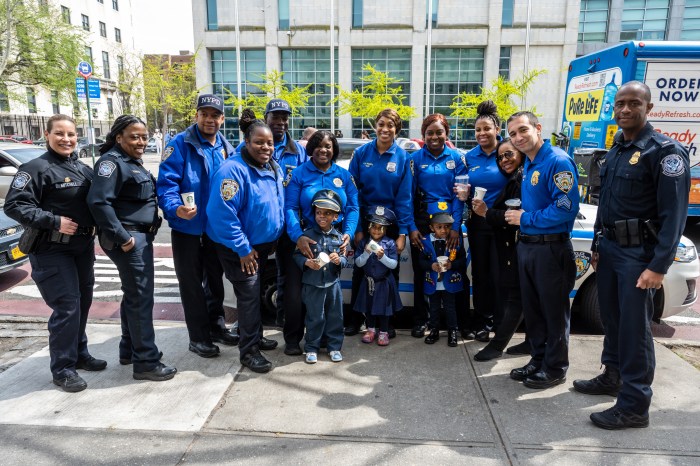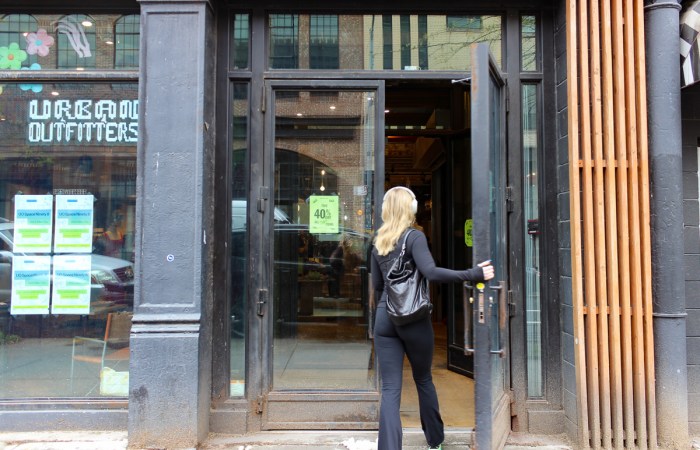BY LYNN PACIFICO | When our mothers told us to go out and play, they might have just wanted us out of the house. But we benefitted from those afternoons in the park — in more ways than we imagined. Science is proving the staggering benefits of spending time in nature for all of us, but especially for children.
But West Village children can actually get a ticket for climbing a tree in the Hudson River Park. This area is lacking a real park, not a manicured garden parkway but a natural area, in which all children, including those who play league sports, can climb a tree and appreciate the wonder and magic of nature.
We have the opportunity to do this with Gansevoort Peninsula. What makes the peninsula so special is that it is land — albeit, landfill — as opposed to the piers in our waterfront park.
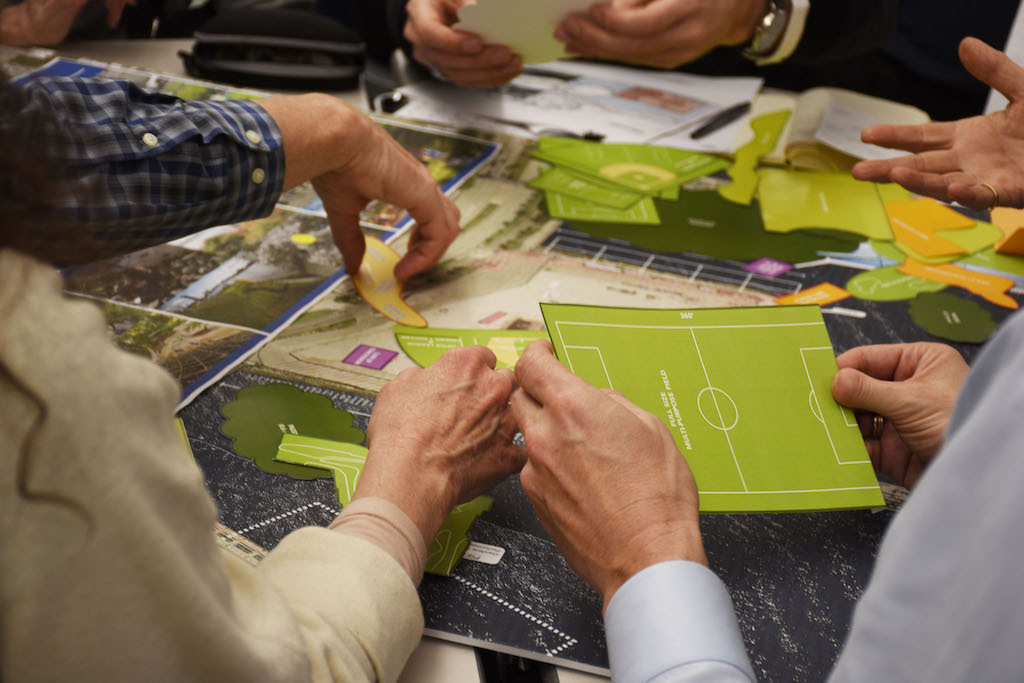
This is especially important in Downtown Manhattan where we have so little park and open space. Here we cover our fields with plastic and our new “pocket” parks are being fitted with synthetic turf instead of grass, damaging not only to our ecosystem but also to us and our children.
To turf any part of Gansevoort would be a crime against nature and a missed opportunity for our community. Humans are a part of nature — something we forget. Our time on the ground is made even more valuable considering most New Yorkers live in the air.
We need at least one natural area in the West Village with native trees, wild flowers, bushes, grasses and weeds. (Weeds feed migrating wildlife, and should be allowed to grow where possible.) A nature trail winding through healthy, climbable trees and tall pines with picnic benches under shade trees would be a wonderful respite from the dry, concrete, brick-and-asphalt of our active “denser by the day” city.
A get-down to the water where small boats could be launched would promote water activities and provide a meeting place for boaters.
We also need a sandlot multiuse field since there is none for our community after we lost JJ Walker field 20 years ago. If the Gansevoort field is turfed, the majority of our community will be locked out — again. A multiuse field is needed for people who want to play catch, Frisbee, make snow people or run their dogs during “off leash” hours, etc.
Off-leash hours have been amazingly successful where permitted, mainly in large city parks, but we have smaller parks south of Central Park. The entire city enjoys morning and evening off-leash hours except for Downtown Manhattanites.
Lately, it has become popular to say it’s unsanitary for children to play where dogs play. But, realistically, these are the same pets that sleep in the beds of their owners — adults and children alike — and which are kissed and loved intimately as family members. Having a dog has proven to be healthy on all levels, as well as aiding the prevention of childhood developed allergies. Our ancestors lived with their animals for millennia before disinfectant wipes.
At one time, Gansevoort was the western end of a Native American trail. Back then, the area was used for fishing and planting, but I am sure that folks relaxed and played there as well.
At the new Gansevoort park’s opening ceremony, it would be fitting for the peninsula to be blessed by Lenape tribe members. They could rededicate it to nature — and the “wild,” natural part of it could be regiven its last Lenape name: Sapohanikan.
Pacifico is president, Dog Owners Action Committee



